Letter reveals SLO County soldier’s World War II experiences. How did it end up in Japan?
A long-lost letter discovered by a Japanese historian in an old book sheds new light on the wartime experiences of a San Luis Obispo County man.
Edward “Eddie” Borradori of Cayucos served in the U.S. Army during World War II, along with his brother, Gino. The two were drafted on the same day.
However, nephew Dante “Dan” Borradori never knew much about his uncles’ time overseas.
“Growing up, no one in the family ever talked about Eddie or Gino’ s service in WWII,” Dan Borradori wrote in an email to historian Yuki Kimura, who found the 1945 newspaper clipping in a book he bought on eBay.
“I am more convinced that a letter from Eddie Borradori, stationed in Camp Haugen in Hachinohe, Japan, in late 1945, will shed a new light in perspective on both the history of the Borradori family and SLO County,” Kimura told The Tribune.
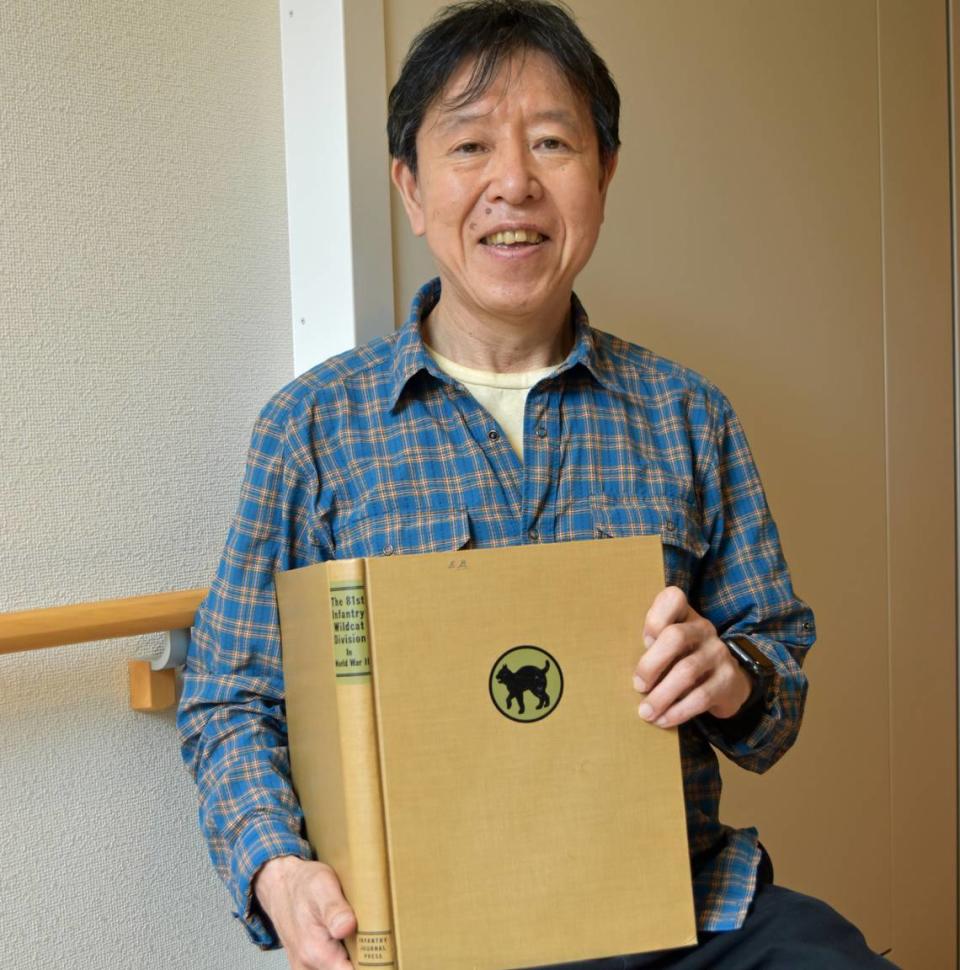
Japanese historian studies World War II
Kimura, who lives in Tokyo, is currently researching of the occupation of Aomori, on the northern tip of Honshu, Japan’s main island, by the Army’s 81st Infantry Wildcat Division during World War II.
Two of Kimura’s uncles were drafted and fought in the war, the historian said.
One of those uncles, fighter pilot Choojiro Kimura, reportedly died in action in the Marshall Islands.
The other, Choo-ichiro Kimura, rarely spoke of his five years as a prisoner of war building the Siberian railroad, Kimura said.
“In Siberia, we were working on railroads in various places, but we moved around in the middle of the night and had no idea where we actually were,” Choo-ichiro Kimura told his nephew at a family gathering one night. “It was extremely cold in winter, and if you went outside to urinate, your urine would freeze instantly.”
When the commander of the Russian unit called out, “‘Who here can take care of the horses?’ I yelled, ‘Yes, I can, sir,’ ” the elder Kimura said. “From that day on, I was treated far better. … You have to be good at something, anything.”
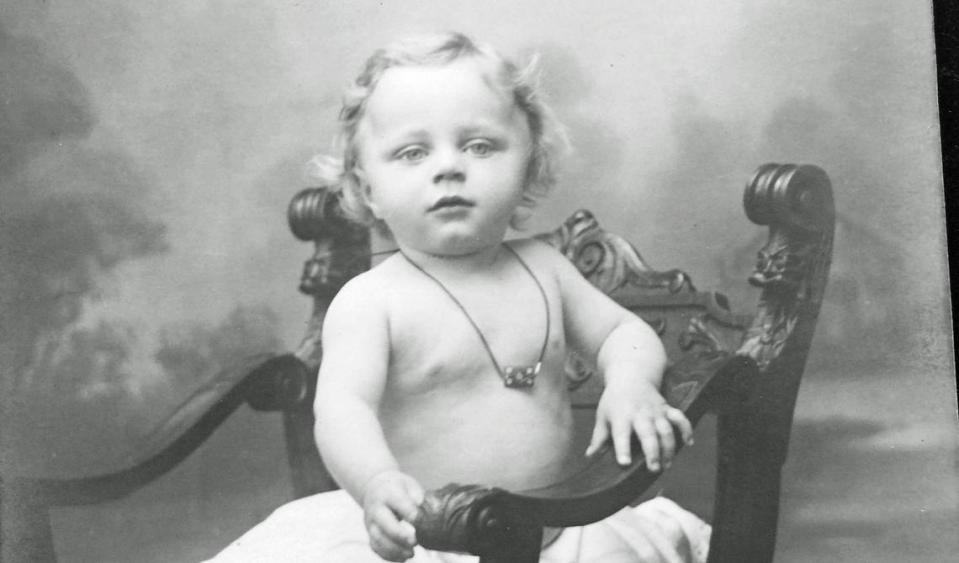
Letter reveals SLO County man’s wartime experiences
Yuki Kimura bought the book, titled “The 81st Infantry Wildcat Division in World War II,” from an unidentified seller in Morro Bay in April.
Inside the book, which has the initials “E.B” written on the cover, was a clipping of an article titled, “News of our Absentees: Edward Borradori relates story of experiences.”
It’s not clear which newspaper or newsletter ran the story, or exactly when, although a separate blurb mentions rehearsals that were due to start the following month for a Christmas cantata.
The article appears to be a long letter from Eddie Borradori to his parents. The article said the letter “was received by Mr. Cinek.”
Just below Borradori’s letter are brief paragraphs about two other servicemen, Henry Villa and Earl Moon.
After discovering the clipping and seeing an article about the impacts of World War II on the Central Coast, Kimura reached out to The Tribune.
The Tribune then connected Kimura with Dan Borradori.
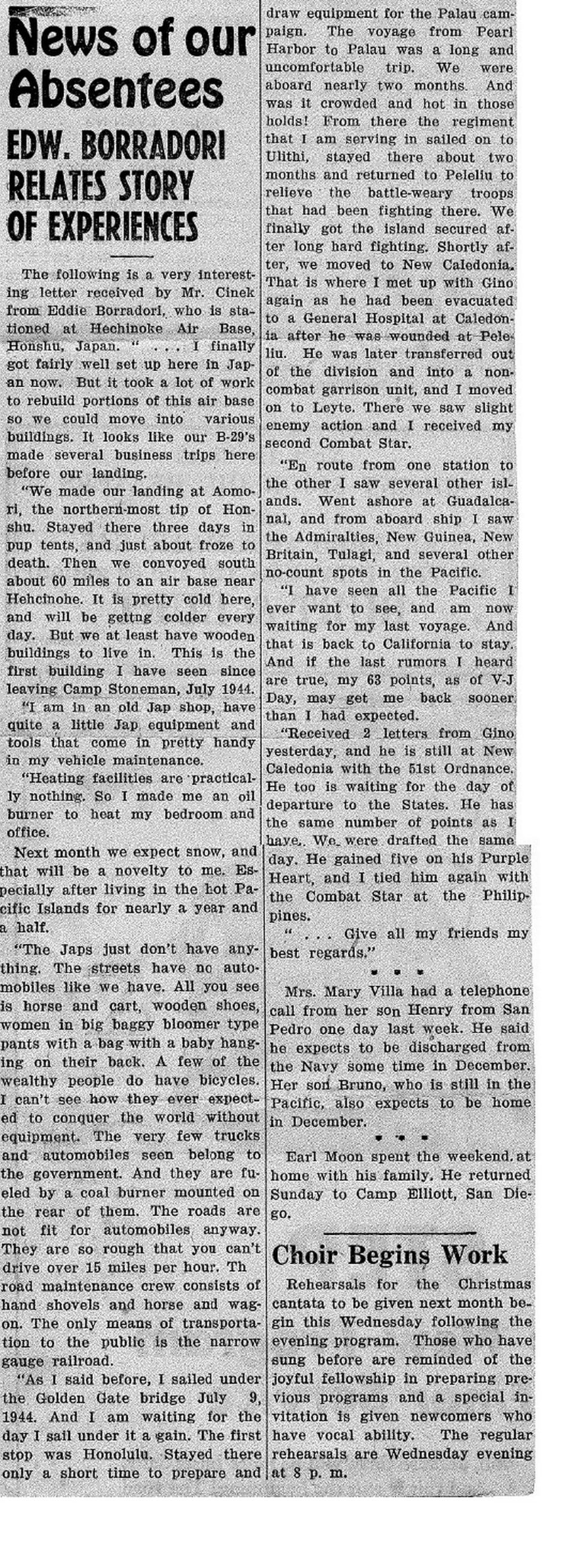
What did Eddie Borradori see overseas?
In the newspaper article, Borradori shares his observations from his experiences overseas.
“I finally got fairly well set up here in Japan now,” Borradori writes. “But it took a lot of work to rebuild portions of this air base so we could move into various buildings. It looks like our B-29s made several business trips here before our landing.
“We made our landing at Aomori, the northernmost tip of Honshu. Stayed there three days in pup tents, and just about froze to death. Then we convoyed south about 60 miles to an air base near Heheinohe.
“It is pretty cold here, and will be getting colder every day. But we at least have wooden buildings to live in.”
Borradori wrote that this was the first building he’d seen since leaving Camp Stoneman, an Army training facility in Pittsburg, California, in July 1944.
The camp was a major troop staging area during World War II and the Korean War.
Borradori set up in a former Japanese shop that was complete with various pieces of equipment and tools “that come in pretty handy in my vehicle maintenance.
“Heating facilities are practically nothing. So I made me an oil burner to heat my bedroom and office.”
“Next month we expect snow, and that will be a novelty to me,” the Cayucos-born soldier wrote, “especially after living in the hot Pacific Islands for nearly a year and a half.”
Japanese people “just don’t have anything,” Borradori said. “The streets have no automobiles like we have. All you see is horse and cart. ... A few of the wealthy people do have bicycles.
“I can’t see how they ever expected to conquer the world without equipment. The few trucks and automobiles seen belong to the government, and they are fueled by a coal burner mounted on the rear of them.”
“The roads are not fit for automobiles anyway. They are so rough that you can’t drive over 15 miles per hour,” he added. “The only means of transportation to the public is the narrow-gauge railroad.”
On July 9, 1944, Borradori sailed under the Golden Gate Bridge in San Francisco.
His regiment went to Honolulu, Hawaii, before a nearly two-month voyage to Palau. The soldiers then spent two months in Ulita.
“We finally got the island secured after long, hard fighting,” Borradori said.
In New Caledonia, Borradori connected with his brother Gino, who was wounded, before moving on to Leyte.
“There, we saw slight enemy action, and I received my second Combat Star,” Eddie Borradori said.
After seeing Guadalcanal, the Admiralties, New Guinea, New Britain and Talagi, “I have seen all the Pacific I ever want to see, and am now waiting for my last voyage. And that is back to California to stay,” Eddie Borradori said. “If the last rumors I heard are true, my 63 points, as of V-J Day, may get me back sooner than expected.”
Borradori said his brother, then working in a non-combat garrison unit, also was expecting to go home soon.
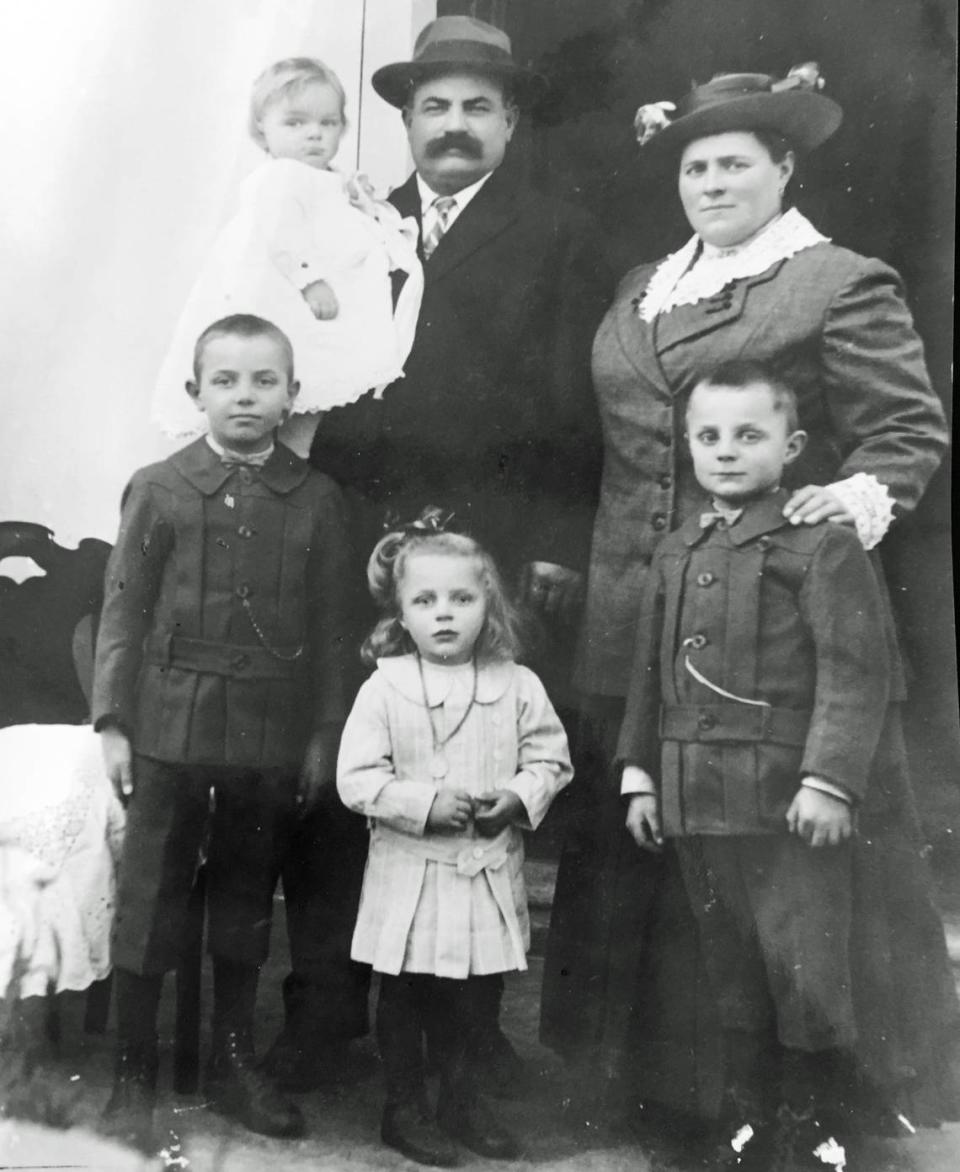
Who were Eddie and Gino Borradori?
According to Dan Borradori, the clipping offers rare insights into the lives of his uncles, members of a prominent Central Coast family.
“I knew Eddie and Gino were in the Army during WWII,” he wrote via email. “But it was never talked about.”
Family patriach Galdino Borradori married his wife, Priscilla, in 1907 in Gordola, Switzerland.
The couple then moved to Cayucos to start a dairy, Dan Borradori said, traveling back and forth from Europe every couple of years.
Their first son, Samuel, was born in 1908s, followed by Alfred in 1910, Eddie in 1914, Dante in 1915 and Gino in 1920. A daughter died soon after her birth in 1921.
Dante Borradori’s son Dan is Galdino Borradori’s sole remaining grandson.
According to his nephew, Eddie Borradori was a mechanic at the family garage and lived with wife Teresa in a mobile home next to the family ranch house in Cayucos.
Eddie Borradori died in 2002, said his nephew, who now uses the ranch home as a vacation rental.
Gino Borradori built Bella Vista Mobile Home Park overlooking the bay, according to his obituary, and met future wife Angelika Baas there. They married in 1960, and managed the park until they retired in 1992.
Gino Borradori died at 92 in 2012.
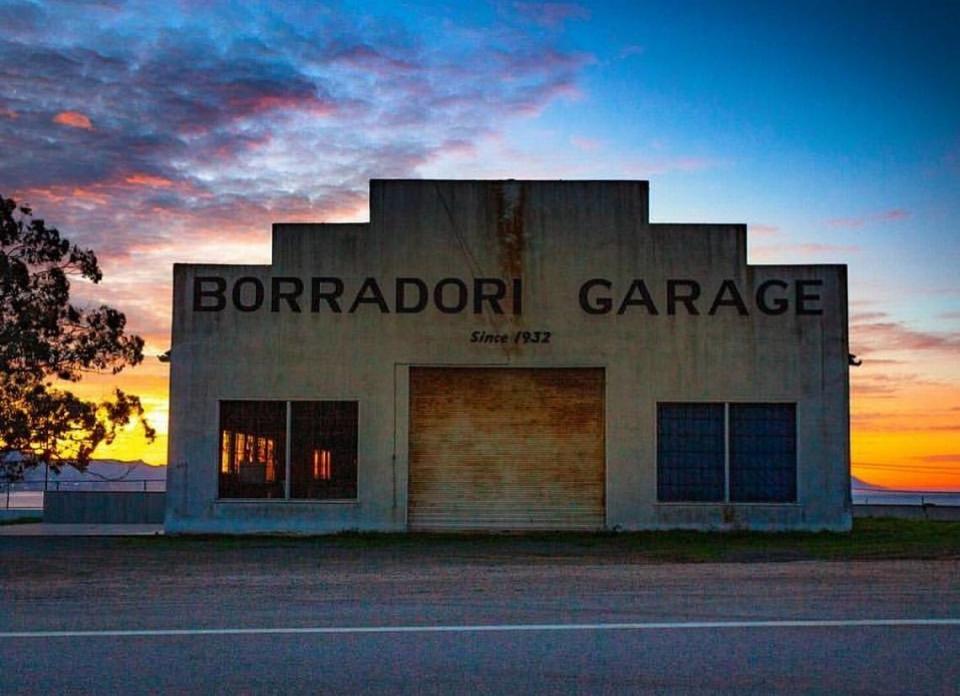
The family’s legacy lives on in the form of the historic Borradori Garage, which was originally built in 1932 along the Roosevelt Highway, Tribune freelancer Judy Salamanca wrote in 2012.
“In 1949, when the state of California realigned Highway 1, it purchased the property and the garage,” Salamanca wrote. “However, Sam Borradori immediately bought the building back, moving the structure slightly to its present location at 455 N. Ocean Blvd.”
Dan Borradori inherited the garage in 1995 and hired Cayucos contractor and winery owner Stuart Selkirk to restore it.
It’s now used as a venue for select events, such as weddings and other festivities.
“There are only about 15 or 20 Borradoris in the U.S.,” Dan Borradori said, so any more information he can find about his family is appreciated.
“This (1945) article was a very revealing piece to me,” Borradori told Kimura.
Prompted by this discovery, he plans to dig into his family archive more deeply to learn more about his uncles and other ancestors.

